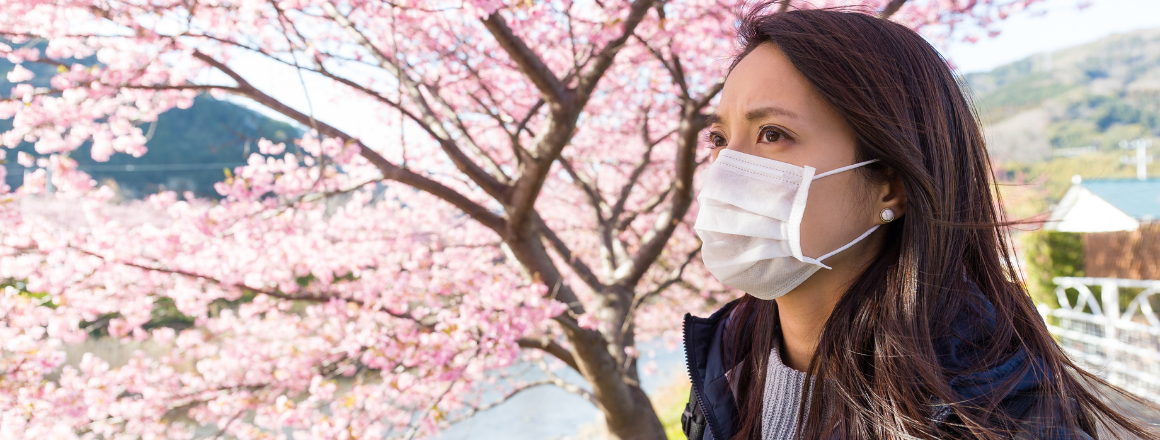Wearing a face mask during a high pollen count can help. As well as acting as a barrier to pollen and reducing the amount of pollen inhaled, research suggests that wearing a face mask may reduce allergic rhinitis symptoms by increasing the temperature and humidity of the air breathed in while wearing a mask. This reduces the reactivity of the nose and in turn reduces the allergic rhinitis (hay fever) symptoms.
To reduce symptoms of allergic rhinitis and allergic conjunctivitis the best advice to help limit exposure to windborne pollens is to wear a mask, a pair of wraparound sunglasses and hat with a peak or a large brim when you’re outdoors to keep airborne allergens from getting in your nose, eyes and into your hair.
Choose a mask that blocks pollen and ultrafine dust particles and is washable and quick drying and keep spares in your car, at work and at home. And most important, make sure your mask is comfortable and a good fit.
We have put together some tips to help:
- If you are anxious or worried about wearing a face covering, you can try wearing one at home or outside for short periods to get used to the feeling of it.
- Face coverings come in many shapes and materials. Try experimenting with different types to see which is most comfortable and preferable for you. Choose one that fits well over your nose and mouth.
- Some people like to use an “ear-saver” to prevent the fastenings on their face covering rubbing on the ears. This might be a headband with buttons sewn on or an S-clip to fasten the mask behind the head instead of directly on the ears.
- Breathing whilst wearing a face covering can cause your glasses to fog up. To help prevent this, choose masks which have a nose clip or a flexible adjustable bridge to close the gap above the nose and prevent air reaching your glasses. Alternatively, some people like to use a strip of medical tape across the top of the mask. You can also try washing your glasses in soapy water to prevent them fogging up.
- Ensure that you have more than one face covering. Single-use masks should be disposed of after use and can be bought in bulk. Reusable fabric masks should always be washed after use.Invest in good quality fabric masks that can be washed and dried several times. Have additional masks to use whilst others are being washed. And keep a few masks in different places, such as your bag and car in case you forget to take one with you when going out.
Naroo Masks are endorsed by Allergy UK. Find out more about Naroo.

 Helpline
Helpline